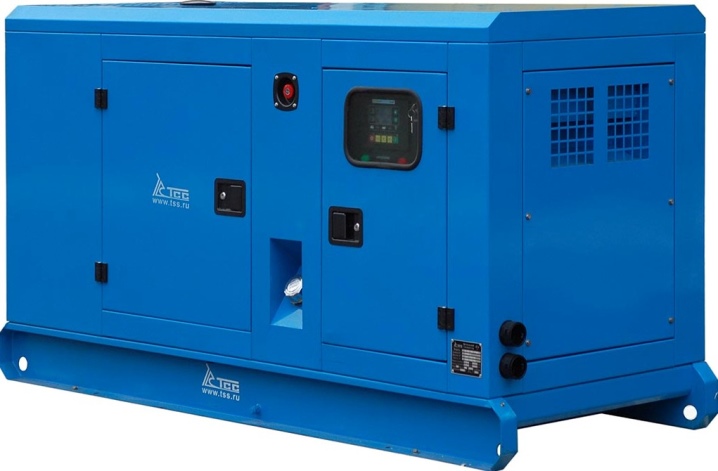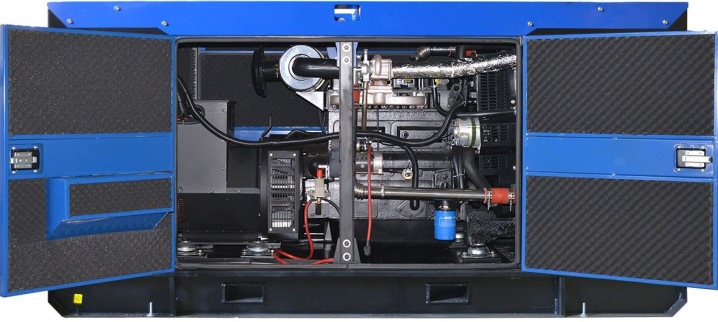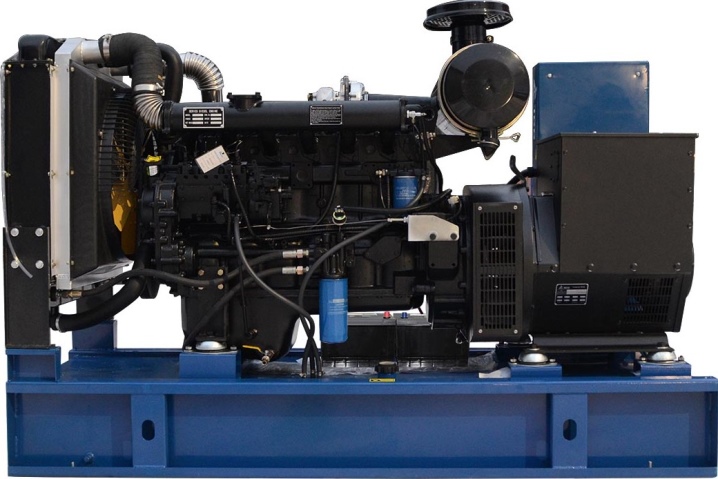TCC generators: model range overview

The purchase of an electricity generator will allow you to enjoy the benefits of civilization during a camping trip or electrify a country house. At the same time, the fire safety of the room where it is installed largely depends on the quality of the generator. Therefore, before purchasing such a device, it is worth considering the review model range of TCC generators and familiarize yourself with their main features.

Peculiarities
The Tekhstroyservice company was founded in St. Petersburg in 1993 and was engaged in the sale in the Russian Federation of motors and electric generators produced at the factories of the former Soviet defense industry. In 1998, the company began placing orders for the production of products developed by it at factories in the PRC. In the same year, the company was renamed "TCC". In 2002, her first own plant was opened in the Moscow region.

In 2008, a unified all-Russian network of the company's SC was created.

The main differences between TCC generators from analogs:
- a huge selection - the company produces more than a thousand models of gasoline, gas and diesel generators of various capacities and configurations (from portable devices to industrial power plants);
- reliability and high build quality - the company's products will last much longer than Chinese generators;
- relatively small dimensions and weight (especially for open models);
- safety - all models of equipment have safety certificates required for sale in Russia and undergo strict quality control;
- medium price category - Russian generators will cost less than German or American ones, but slightly more expensive than Chinese ones;
- ease of use - all products are designed taking into account the peculiarities of the Russian market, and the original version of the instructions for their operation is drawn up in Russian;
- affordable repair - certified SC firms are open in all major cities of the Russian Federation.

Range
Among the gasoline generators of the TCC company, several models are most popular.
- SGG 2800N - budget outdoor portable (43 kg) tourist generator with a power of 2.8 kW (230 V). Manual launch. Battery life up to 12 hours.

- SGG 5000 EA - open portable version with a power of 5 kW with a single-phase output (230 V). Manual start, it is possible to connect an external automatic transfer switch (ATS). Battery life up to 10 hours. Weight 88 kg.

- SGG-7500E - a closed single-phase generator with a capacity of 7.5 kW. Equipped with an electric starter. Duration of work until the next refueling - 10 hours, weight 191 kg.

Of the diesel engines, a number of models are the most popular in the Russian Federation.
- SDG 5000EHA - portable budget single-phase (230 V) version with a power of 5 kW with an open case. Equipped with an electric starter and a muffler.
Duration of autonomous work up to 8 hours. Weight 114 kg.

- SDG 5000ES-2R - differs from the previous model by the presence of a closed soundproof casing, which increases the weight of the product up to 180 kg.

- TTD 14TS ST - closed model with a power of 10 kW with outputs for single-phase (230 V) and three-phase (400 V) networks. Duration of work without refueling up to 19 hours. Manual launch. Equipped with a silencer, emergency stop system and battery disconnect switch. Weight 578 kg.

- TTD 14TS A - open version with a power of 10 kW with single and three-phase outputs. Battery life up to 50 hours. Equipped with ATS system. Weight 450 kg.

- TTD 33TS CTMB - a mobile model (in the form of a semitrailer) in a weatherproof case with a power of 24 kW. Equipped with one- and three-phase outputs. Battery life up to 15 hours. Manual start. Weight 939 kg.

- TTD 42TS - open universal (one- and three-phase) model with a power of 30 kW. Manual launch.Operating time before refueling up to 16 hours. Weight 638 kg.

- TTD 42TS ST - closed universal generator with a capacity of 30 kW. Manual launch. Works without refueling up to 13 hours, weight 934 kg.

- TTD 83TS A - open industrial version with a capacity of 60 kW with automatic transfer switch. Battery life up to 16 hours, weight 920 kg.

- TTD 83TS CTA - a closed version of the previous model with a mass of 1.12 tons.

- TTD 140TS A - an open industrial power plant with a capacity of 100 kW, equipped with an automatic transfer switch. Duration of work before refueling up to 16 hours, weight 1.245 tons.

- TTD 140TS CTA - a closed weatherproof version of the previous model with a mass of 1.53 tons.

And these are the most popular gas generators.
- Tedom Cento 80 - industrial indoor power plant with a capacity of 81 kW. Outputs are single and three phase. Equipped with an electronic starting system, weight 8.265 tons.

- Tedom Quanto 400 - an open industrial power plant with a capacity of 400 kW. Electronic ignition, weight 5.06 tons.

What to choose?
When choosing a suitable mini power plant model you need to take into account its main characteristics.
Power
It is very simple to estimate the value of the nominal power of the device you need. - for this, it is enough to add up the power of all consumers that you plan to connect to the network powered by the generator. The resulting value should be multiplied by safety factor, which must be at least 1.5. Approximate power values for devices for various purposes:
- 2 kW - portable generators for a short turn-on during the hike;
- 5 kW - generators for long hikes and backup power systems in small houses;
- 10 kW - household generators for powering a small house;
- 30 kW - semi-professional devices for large country houses or small construction and industrial sites, shops;
- 50 kW and more - industrial generators for construction sites, supermarkets and industries.


Type of fuel
Currently, the following types of generators are common for the fuel used:
- gasoline - they have a relatively low noise level (up to 70 dB) and a relatively low cost, but they have the lowest resource before overhaul among all types of generators, are more expensive to maintain and operate (both diesel fuel and gas are cheaper than gasoline), and also require technological pauses of 2 hours after every 5 hours of operation, which limits their autonomy;
- diesel - more economical and more reliable than gasoline models, they have the highest level of safety among all types of similar devices (diesel fuel is less fire and explosive than gas and gasoline), but they have a higher noise level (up to 90 dB) and are very sensitive to the presence of impurities in the fuel (deviation from the optimal composition is fraught with the termination of the operation of the motor and even its breakdown);
- gas - they have the highest efficiency (which means they are the most economical of all generators), reliability (gas engines wear out more slowly than diesel and gasoline ones) and environmental friendliness (liquid fuel engines require hazardous exhaust gases to be evacuated), but require increased fire safety measures (gas cylinders tend to explode if stored improperly).


Body design
By design, generators are divided into open and closed. Open models are characterized by better cooling, lower price and greater maintainability, while closed models are better protected from moisture, dust and other threats, as well as noticeably less noise during operation.
There is also a mobile version of high power generators, made in the form of a closed trailer.


Duration of work without refueling
For hikers and back-up lighting systems an option with a battery life of about 2 hours will be enough. For the power supply system of the cottage 5 hours of operation will be enough before refueling / stopping.
If the generator will be connected to responsible electrical consumers (for example, refrigerators with perishable food), then it is desirable that it provides at least 10 hours of continuous operation (which makes models with a gasoline engine unsuitable for such tasks).

An overview of the TCC SDG 5000 EH diesel generator is presented in the following video.













The comment was sent successfully.